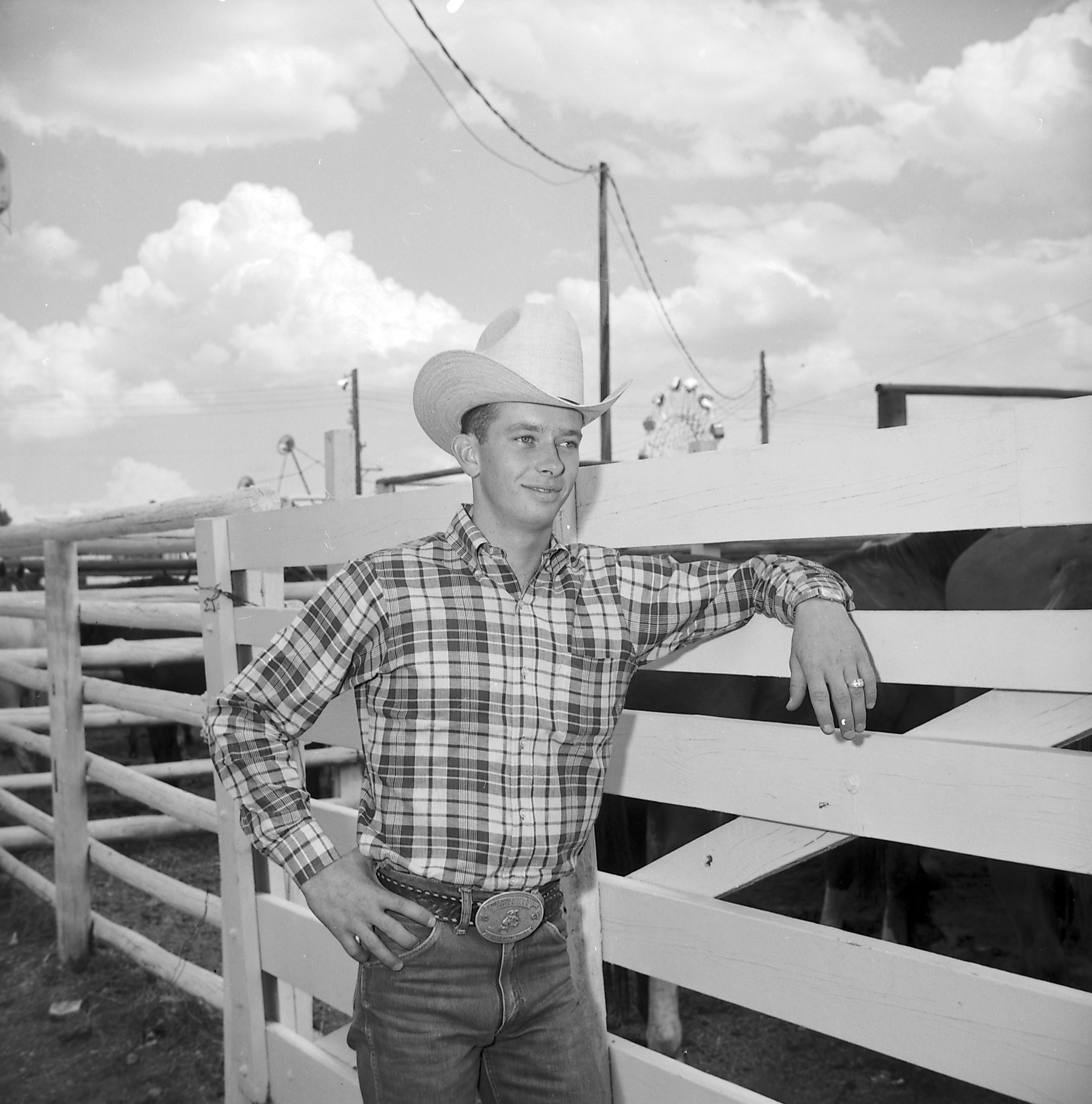Hugh “Rooster” Chambliss covered a lot of ground in the arena. From competing in high school and professional rodeos to helping govern the ins and outs of rodeo through management, training and good ol’ boots-on-the-ground, in-the-dirt judging and flagging, Chambliss played an integral role in establishing the groundwork and boundaries in which today’s ropers still function.
Chambliss was born in Clovis, New Mexico, in 1946, but spent his youth in the care of his grandmother in nearby Santa Rosa, east of Albuquerque. By high school, he was entering up in the saddle bronc riding, bull riding, calf roping and steer wrestling and, in 1963, he won the championship title at the National High School Rodeo Finals in the bronc riding. He got his RCA card in 1965 and continued to prove himself as a top competitor.
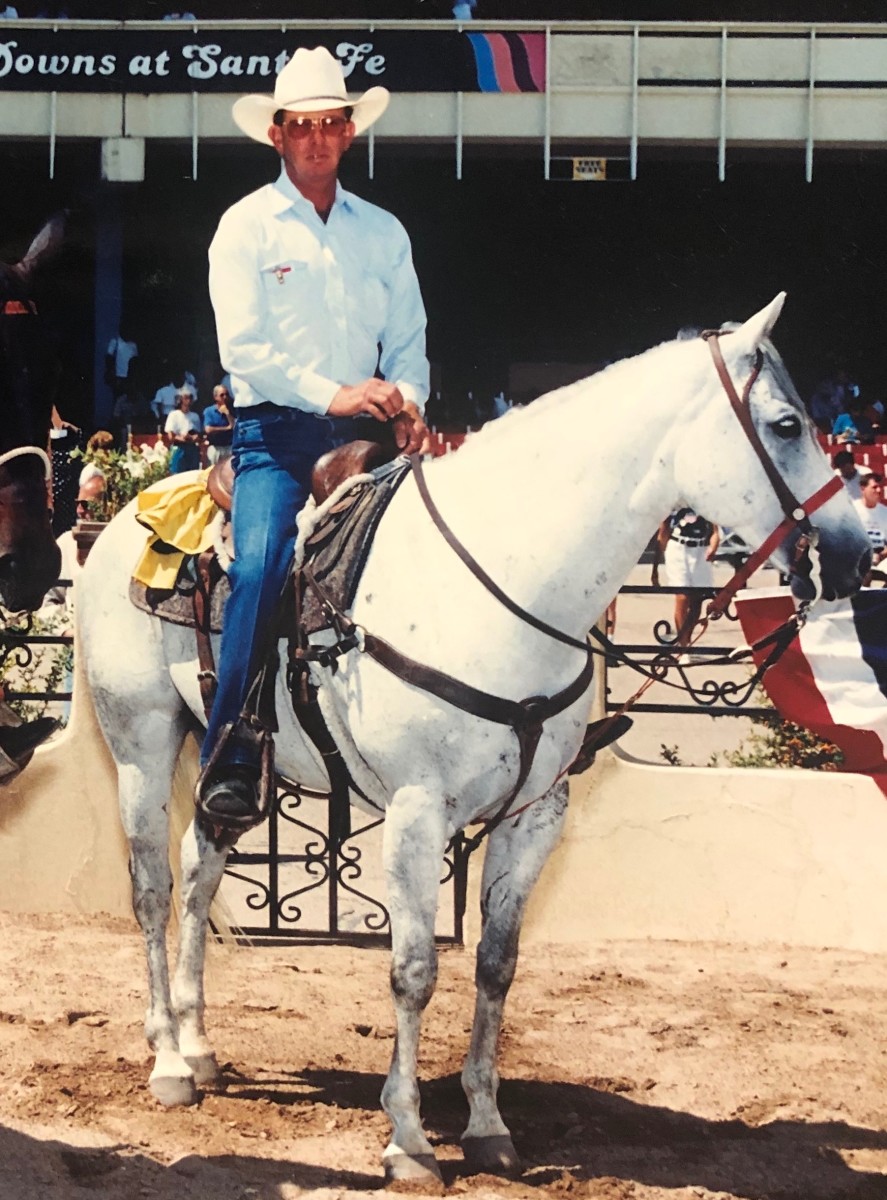
“He was an outstanding bronc rider,” said 2009 ProRodeo Hall of Fame inductee Ace Berry, who was also Chambliss’ best friend for more than 50 years. “I mean, he was really classy. He was right up there at the top. He never won the world, but he won Cheyenne twice and went to the Finals a bunch of times. He was probably in the top four or five almost every year he rode.”
Indeed, Chambliss won the Cheyenne Frontier Days in 1972 and 1977, and went to the National Finals Rodeo six times between 1966 and 1977. He came up for the military draft in 1967 and, the day after that year’s NFR, he failed his physical due to his rodeo injuries, which would challenge him throughout his life.
From 1975 to 1980, Chambliss operated as the PRCA Rodeo Administrator, which paved the way to becoming the Director of Pro Officials from 1981 to 1985. Throughout his tenure with the PRCA, he also performed as the Corporate Secretary for PRCA Properties.
“Chambliss took the job four years ago after being the secretary of the PRCA for seven years,” explains a 1985 Charlie McCandless article published in the Farmington Daily Times that awards Chambliss the title of the “Answer Man.”
“He handles the largest professional officiating group in the world,” McCandless writes. “He works with eight full-time officials and 150 part-timers, scheduling their services for more than 600 rodeos each year. He runs a tough ship.”
“Since I was hired, five of the eight full-time officials were replaced and four of the part-timers aren’t used any more.” Chambliss offered the reporter.
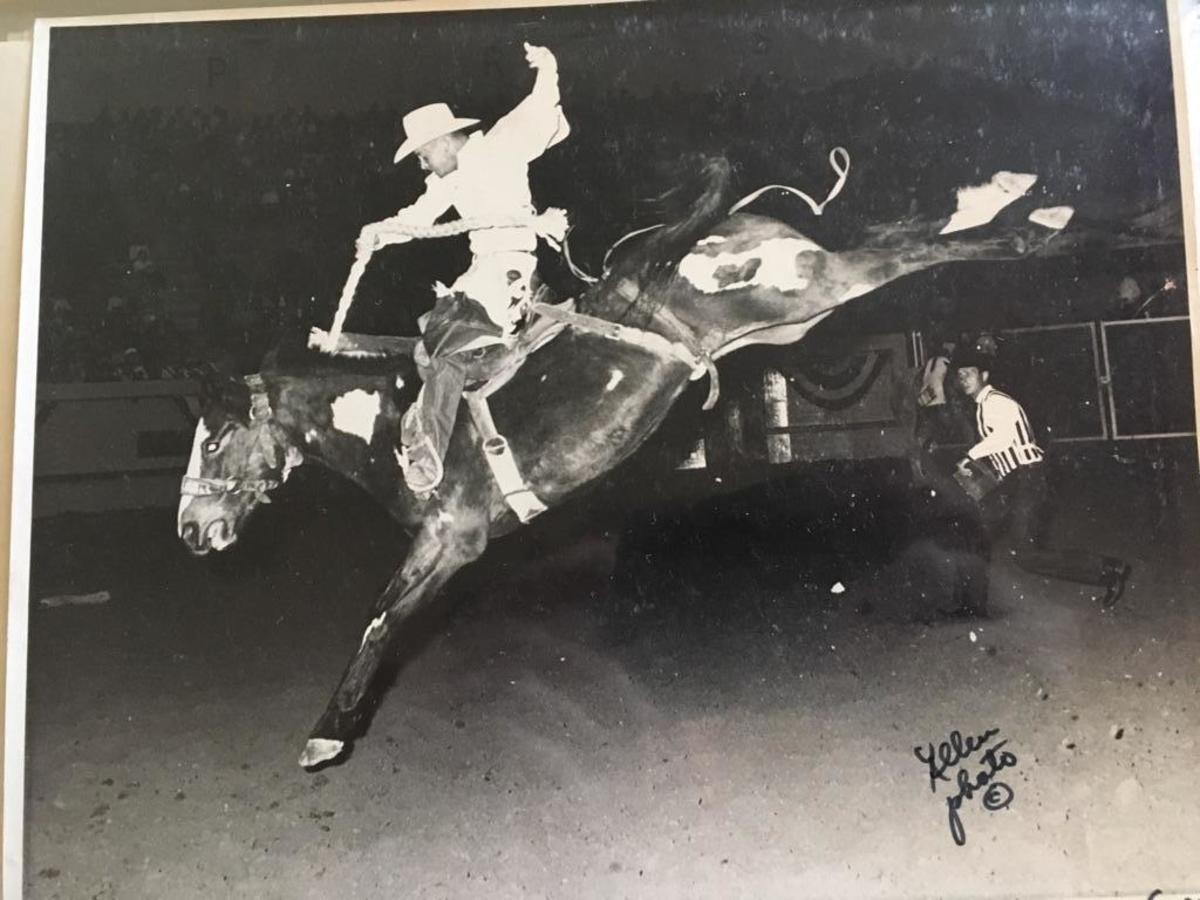
If he sounds no-nonsense, he was, and according to Berry, it’s what made Chambliss a great judge.
“Hugh was just an unassuming guy,” he said. “He was a straight-shooter and called a spade a spade. Honest as could be and you could trust him with anything. In the arena, he didn’t waiver from the rules. He made everybody do it right.”
In further testament to Chambliss’ judging excellence, the WPRA recognized him as the 2002 Judge of the Year.
Chambliss was also a problem solver, a characteristic that was observed at an opportunistic moment in team roping history, according to World Series of Team Roping president, Denny Gentry.
“As it happens, Hugh ended his employment as head of officials with the PRCA just about the time that New Mexico Team Roping Championships (precursor to USTRC) was cranking up. In the 1989 NMTRC Super Looper, a major malfunction occurred at the beginning of a short round. Hugh was entered in the event and came out of the stands to assist. In very short order, he constructed a neck rope barrier and advised us on our options in the short round, which allowed the roping to finish.
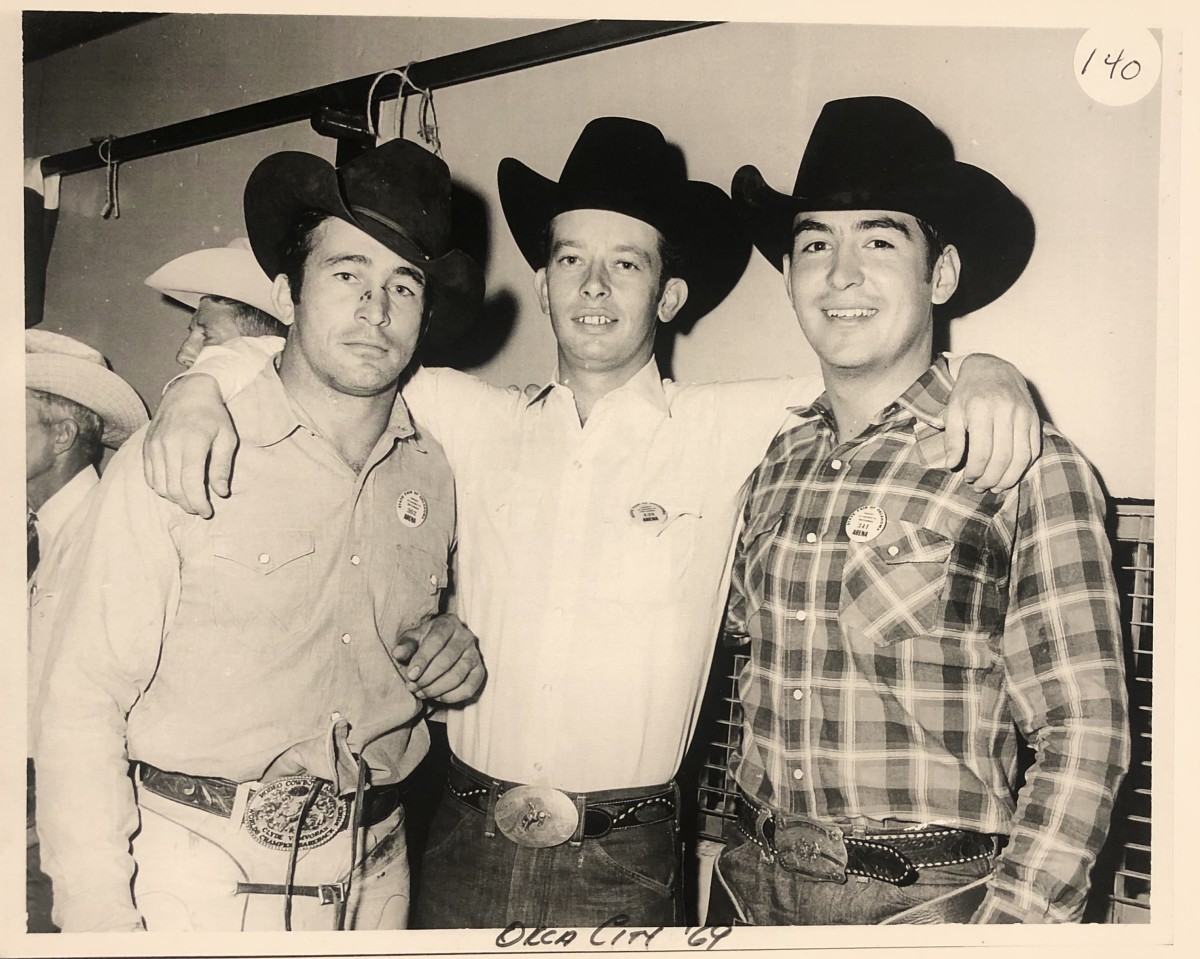
“That was just the start,” Gentry continued. “In 1990, Hugh became the USTRC’s #1 flagger for all major events and pretty much our head of officiating.”
That Chambliss became an essential as recreational team roping made its mark across state lines is only half the story.
“Within the first year,” Gentry explained, “he took the lead in modifying rodeo’s rulebook with inclusion of the PRCA judging book into a national book for the sport of team roping—which has only been modified in small increments over the years. He basically adjusted the rodeo rules to fit the high-volume sport of team roping and, because of that, the USTRC rulebook has been duplicated over and over again by every association that has been formed since 1990.”
Additionally, Chambliss taught USTRC flagger schools in 1993 and ’94.
“The impact that Hugh had on several dozen future flaggers impacted the sport right up through today, as his theories have been passed from flagger to flagger,” Gentry said.
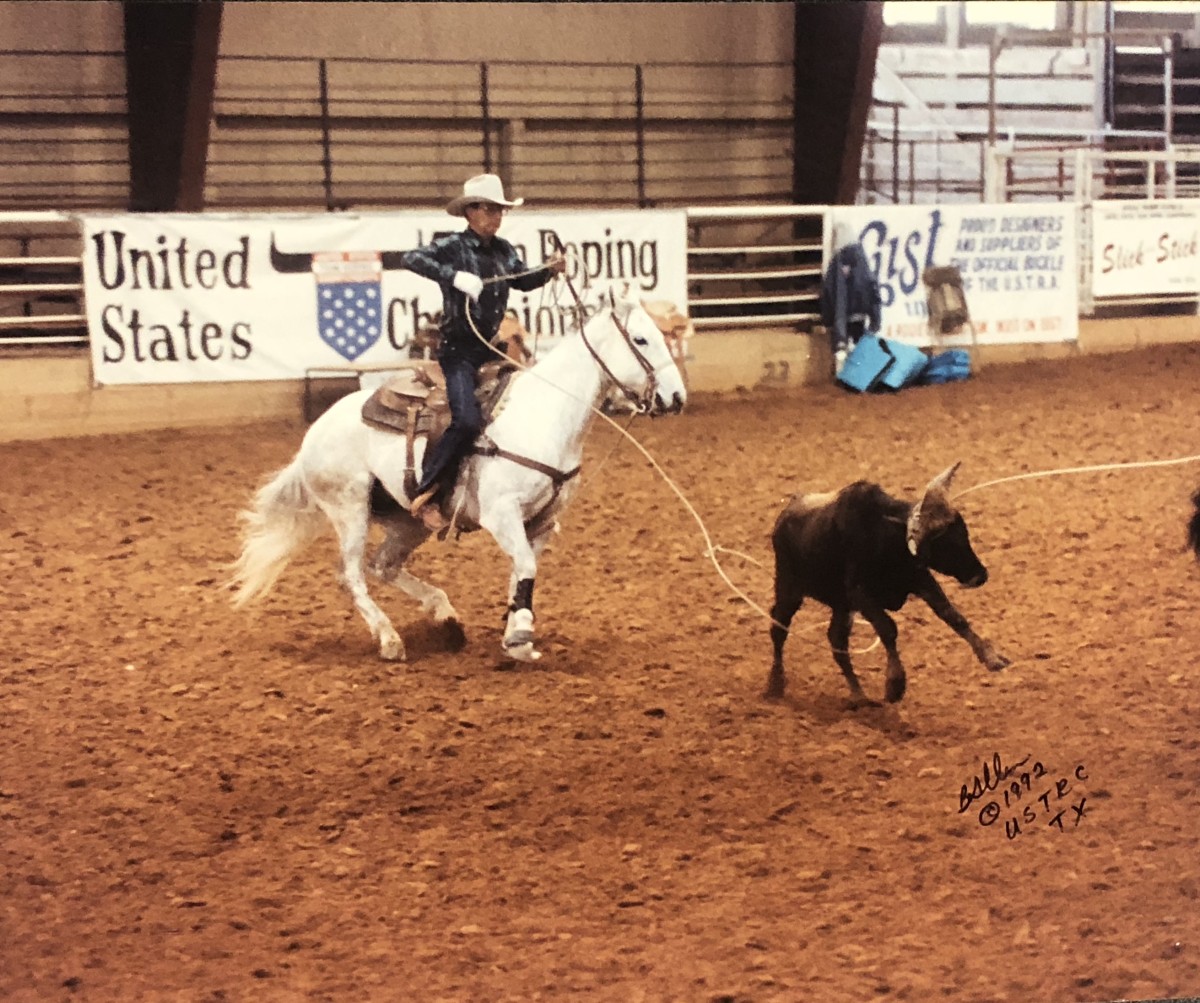
Theories that include:
• Anytime anything happens in the arena, steers or otherwise, the question must be asked, did the roper have the “ability to compete?”
• Do your job and make the call. It’s not personal if the contractor overrides you. He will do his thing, just concentrate on yours.
• On crossfires: “I don’t want to make that decision, so don’t put me in that position. If you do, then don’t gripe if you don’t like how it turns out. It is totally in your control.”
Among those flaggers is Philip Murrah, a fellow linchpin of the roping arena, who first worked with Chambliss at the 1990 US Finals at the Lazy E Arena.
“Probably what hit me and Hugh off right was that I respected him,” Murrah said. “I knew who he was and what he’d done for the sport of rodeo, and I knew he was going to be tough. But the first thing he said was, ‘You’re coming with me.’ He was no-nonsense but, one thing I know about Hugh, he was going to be fair.”
Berry pointed out that anyone who spends time in the arena will have their challenges, and the same could be said of life, including Chambliss’s.
“He had rheumatoid arthritis and several surgeries,” Gentry said.
In fact, Chambliss’s physical ailments are likely the reason he was such a staunch defender of what should and shouldn’t be expected of a flagger.
“Don’t listen to your flagger if he says he can handle the day,” Chambliss asserted in his teachings. “He can’t be on his toes longer than 1 to 1.5 hours at a time.”
“He lived in severe pain for the last 20 years of his life, but he was really tough and never gave up,” Gentry concluded.
As Berry said, “He was just a man’s man. You know?”




